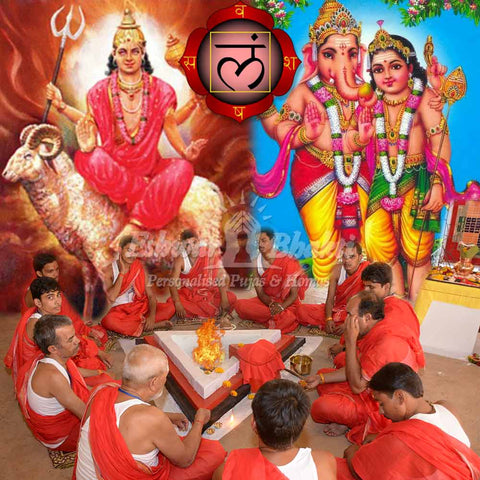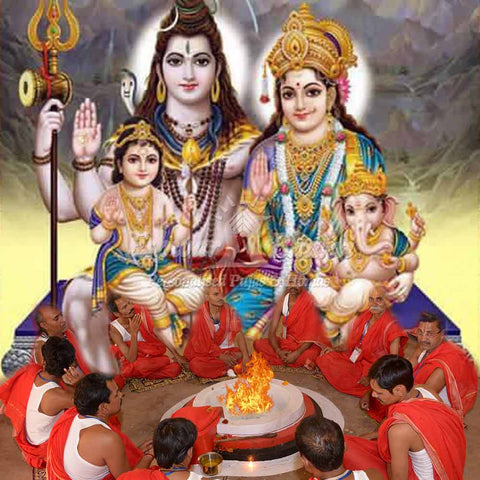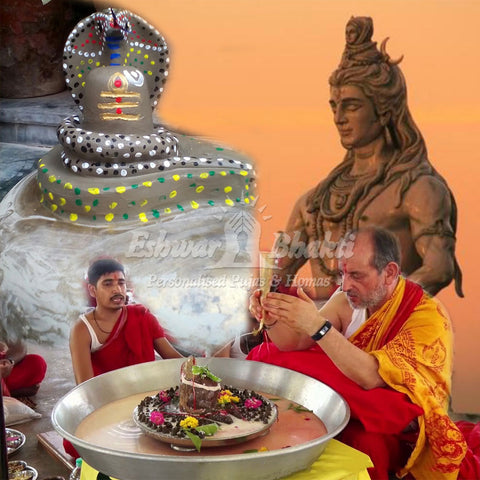Lord Kartikeya
 Lord Kartikeya, popularly known in South India (Tamil Nadu) as Lord Subramanian and Lord Murugan, is a Hindu Deity of profound significance. We know him by different names. Other names used for his reference are Skanda and Kumara. There are numerous legends in various ancient texts on the birth and life of Lord Kartikeya. Here, we would highlight the origin, stories, weapons, and significance of Lord Kartikeya in Hinduism. Apart from Hinduism, people worship Lord Kartikeya in Buddhism and Jainism. He is a deity of immense importance in China, Malaysia, and Sri Lanka as well.
Lord Kartikeya, popularly known in South India (Tamil Nadu) as Lord Subramanian and Lord Murugan, is a Hindu Deity of profound significance. We know him by different names. Other names used for his reference are Skanda and Kumara. There are numerous legends in various ancient texts on the birth and life of Lord Kartikeya. Here, we would highlight the origin, stories, weapons, and significance of Lord Kartikeya in Hinduism. Apart from Hinduism, people worship Lord Kartikeya in Buddhism and Jainism. He is a deity of immense importance in China, Malaysia, and Sri Lanka as well.
Often depicted as an energetic and youthful man, Lord Kartikeya is the son of Lord Shiva and Goddess Parvathi. Lord Ganesha is Lord Kartikeya's brother. However, there are different versions of the same story. In some ancient texts, Lord Ganesha is the elder brother, and in some others, Lord Ganesha is the younger brother of Lord Kartikeya. There are countless stories of Lord Ganesha and Lord Kartikeya in the religious textbooks and scriptures.
However, Lord Kartikeya is the God of war, and we could find references to him in the ancient architectures and tales dating from the Vedic period. We can find him along with the representations of Lord Agni. As mentioned, we can see drawings and sculptures of Lord Kartikeya in ancient temples of the Elephanta Caves and Ellora Caves.
The weapon and vehicle used by Lord Kartikeya: Lord Kartikeya travels on a peacock and holds a spear in his hand. It is known as Vel. In South India, devotees refer to Lord Kartikeya as Vel Murugan. It is because he carries a Vel or spear with him. There are beliefs that state the Vel is the seat of Kundalini energy. It is the life force that can enlighten a person. On his other hand, he has a flag with a symbol of a rooster on it.
One of the legends related to the rooster and the peacock originated from an Asura called Surapadma. After Lord Kartikeya defeated the Asura, he became a tree and started to pray. Lord Kartikeya cut it into two parts. One of the divisions became the peacock known as Paravani, and the other formed a rooster known as Krichi. Lord Kartikeya took Paravani as his vehicle and Krichi as the emblem of his flag.
References in scriptures: There are countless references to Lord Kartikeya in the ancient texts and different stories based on his origin. There are three main legends associated with His birth.
The first one is present in Mahabharata. Here, Lord Kartikeya was born to Lord Shiva and Parvathi. But he was born on the banks of the River Ganga.
In Vana Parva, we can see another interesting story related to Lord Kartikeya's birth. Here, we cannot find any direct reference to Lord Shiva and Parvati as his parents. Here, the focus is on Lord Agni as Lord Kartikeya's parent. Lord Agni went for a hermitage and married seven women. Rishi met with seven of them. But, Skanda or Lord Karitya was born to Lord Agni and Swaha, one of the seven women. The name given to him was Skanda. It was because he has six heads.
In Valmiki's Ramayana, there are two chapters dedicated solely to Lord Kartikeya or Skanda. They are chapters 36 and 37. Here, we find that Lord Kartikeya was born to Lord Agni and the Ganges or River Ganga.
Apart from these references, there are numerous other portrayals of Lord Kartikeya in the ancient texts. As he was a prominent deity during the Vedic age, we can find him in the Rig Veda. In Rig Veda, Kumara is a common term used for a boy, and we are aware that Kumara is another name for Lord Kartikeya. In some parts of the work, we can find Skanda or Kumara, described as a bright-colored boy. He also rides on a peacock with a weapon that is similar to a spear. It shows that the reference is to Lord Kartikeya. However, it is essential to note similar depictions of Lord Agni and Lord Indra in Rig Veda.
In Puranas, Skanda Purana is a famous text and is the largest Mahapurana. The work itself comes after the name of Lord Kartikeya. There are many chapters on Murugan or Kartikeya in this work. There are references to Lord Kartikeya in Kautilya's Arthashastra, Patanjali's Mahabharya, Kumara Sambava, and Shatapatha Brahmana.
As Lord Kartikeya is a significant deity of the Tamilians, we can find His reference in Tolkappiyam. It is one of the crucial religious works in Tamil. We see him here as Lord Murugan, who is the red God. In Sangam literature, Lord Murugan plays an essential role. We can see him as the red God seated on a blue peacock. In this work, we can find a description of Lord Kartikeya as the one with six faces.
Apart from these ancient references, there are other archeological connections of Lord Kartikeya. It is from the artifacts obtained from the Kushan Empire. There are numerous coins with Lord Kartikeya's image, excavated from different sites. We can find many paintings of Lord Kartikeya as well.
Significance of Lord Kartikeya in Hinduism: Lord Kartikeya is a seminal figure in Hinduism, predominantly worshipped in South India. There are a plethora of significances associated with his birth and life. One of the reasons behind his birth was to kill Tarakasura. Tarakasura received a blessing from Lord Brahma. He can only die from the hands of someone as strong as Lord Shiva. Tarakasura stayed without any fear because Lord Shiva was unmarried after the death of Goddess Sati. However, Lord Kartikeya was born to kill Tarakasura, which he performed.
Lord Kartikeya is the God of War and is known as Deva Senapati. He has the skills and strength to defeat anyone in a war. He is also brave and intelligent with profound knowledge of the art of war. He was the commander in chief of Devas and had the duty to destroy demons.
Lord Kartikeya, thus, is one of the significant deities in Hinduism. He plays an essential role in South India as Lord Murukan and Subramanian. Devotees worship him in different parts of the world as well.







